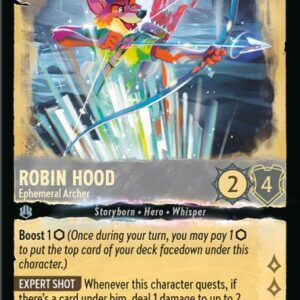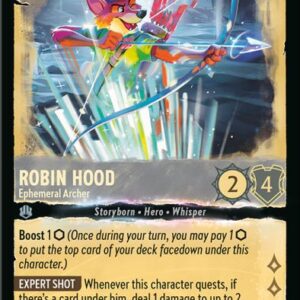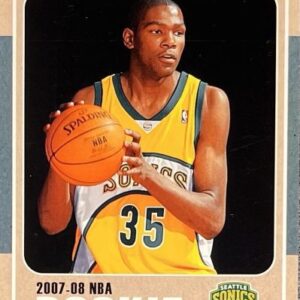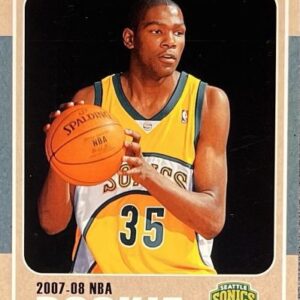In the vibrant, grand theater where nostalgia meets high-stakes, Mickey Mantle once again steps into the limelight, decades after hanging up his pinstripes. This time, the stage is set not on a diamond surrounded by roaring fans but in the snug confines of an auction house, where anticipation buzzes like the hum of a baseball game under the lights. A cherished piece of the Yankee great’s legacy—a game-worn, lovingly signed jersey from the 1959 and 1960 seasons—finds itself at the center of an escalating bidding war, courtesy of Goldin Auctions.
For those avid collectors whose hearts are stirred by the mere mention of Mantle’s name, this isn’t just any piece of memorabilia. Blessed with authenticity and steeped in history, this piece of cotton and courage encapsulates two of the finest seasons from the Yankees’ mighty slugger. Between 1959 and 1960, Mantle unleashed his fury on opposing pitchers, belting 71 home runs and weaving 169 RBIs through nearly 300 tense contests—a testament to his enduring prowess. The 1960 season, in particular, saw him top the American League charts in home runs and runs scored, solidifying his place among the legends of MVP lore.
The romance of this artifact lies not only in its origin story but also in the rich tapestry woven into its fibers. It has been rigorously authenticated and photo-matched with various sources, including Mantle’s own 1960 Topps All-Star card and a collection of candid game photos from the same flourishing season. History whispers through the fabric, speaking of April 11, 1960, when Mantle donned this very jersey beside his monumental contemporary, Ted Williams, during a spring exhibition game. For discerning aficionados, the visible wear and tear serve as irrefutable evidence of its storied past—a laborious journey across the diamond that has left as much an impression on the jersey as it did on baseball history.
Adding to its allure is the stroke of Mantle’s inked signature, an indelible mark ratified by authentication experts as genuinely as his name in the Hall of Fame. Accompanied by a collection of exhaustive letters of authenticity, the jersey stands as a vivid montage of legitimacy and enduring significance, retracting no memory from those vivid days when giants roamed the field.
Beyond its historical narrative, the jersey draws further distinction from its tangential timeline with the 1960 World Series. That autumn classic witnessed Mantle’s artistry at its zenith despite the Yankees’ loss to the Pittsburgh Pirates. He struck the ball with splendid precision, batting an extraordinary .400 and launching three homers, thus enriching the jersey with an additional layer of prestige and fascination.
However far the bidding has escalated as of this moment, with the jersey already courting a generous sum of $156,000 after the buyer’s premium, Mantle’s allure is inexorably tied to record numbers. While this milestone is yet dwarfed by the eye-watering $4.68 million shelled out for another Mantle jersey worn during the Yankees’ illustrious 1958 home opener, as auctioned by Heritage, the current offering has the bones of a true treasure. Game-used, photo-matched, and signed with his name, it embodies everything sport-centric collectors cherish—a rare blend of history, authenticity, and undeniable charisma.
The sands of time are running thin, with the auction’s gavel poised to declare a victor by Monday. As collectors and enthusiasts alike navigate this tightrope walk between desire and restraint, the auction’s denouement promises the kind of escalating suspense worthy of its inspirations. In this sacred arena where checks and balances are reconciled with dreams and history, Mantle’s enduring shadow looms large. It’s a race against time to secure a legacy, and who knows what majestic heights the final bid might soar to before the curtain falls on this monumental chapter in memorabilia lore. Be it an investment in history or an expansion of one’s cherished trove, Mickey Mantle’s jersey offers more than fabric and stitching—it offers a tangible link to baseball’s golden past and the man whose myth arguably helped make it so.





